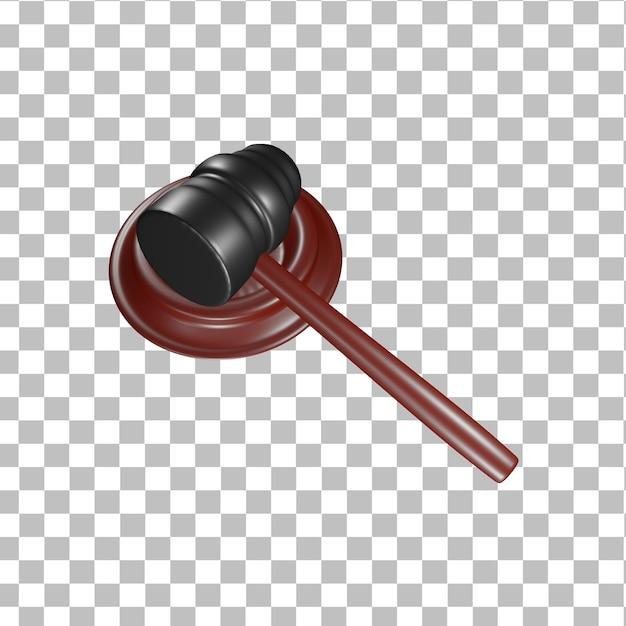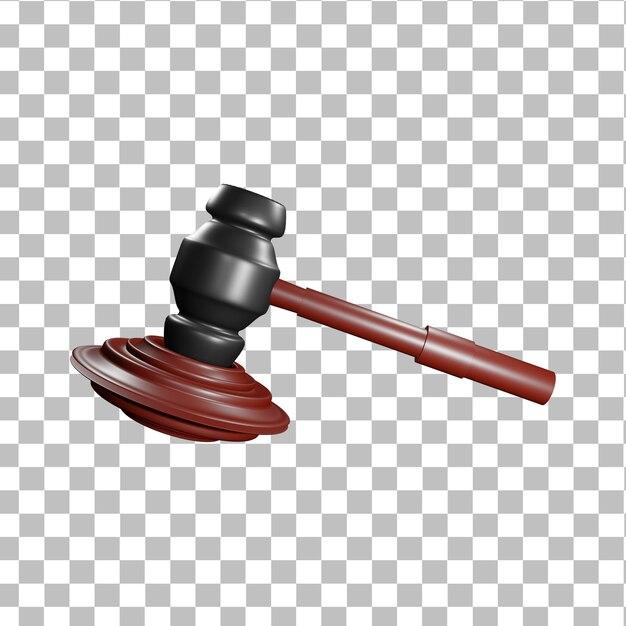Welcome to the world of Employee Provident Fund (EPF) and its intricacies! If you’ve recently started your professional journey or are curious about your monthly deductions, you might have come across terms like EE balance and ER balance in PF. Fear not, because in this blog post, we’re going to demystify these terms and provide you with a comprehensive understanding.
First things first, let’s clarify what PF is. PF refers to the Employee Provident Fund, a social security scheme implemented by the government of India. It aims to provide financial security to employees after retirement by accumulating a corpus through monthly contributions made by both the employee and employer.
Now, onto the key terms of discussion – EE balance and ER balance. EE stands for Employee Contribution, which represents the amount deducted from your salary towards the PF fund. On the other hand, ER stands for Employer Contribution, denoting the portion contributed by your employer. These balances are maintained separately and play a crucial role in determining your future financial security.
In this blog post, we’ll not only delve into the significance of EE balance and ER balance in PF but also explore related topics like EE plan, EE EPS, ER in PF, and even the meaning of EE referral. So, without further ado, let’s jump into the nitty-gritty details of these fascinating aspects of EPF!

What is EE Balance and ER Balance in PF?
Every payday, as you eagerly await your hard-earned salary, you may notice two puzzling acronyms on your payslip: EE balance and ER balance in PF. What on earth do these mean? Fear not, for I am here to unravel this enigma for you.
EE Balance – The Employee’s Treasure Trove
EE balance stands for Employee’s Epitome, er, I mean Employee’s Provident Fund balance. It’s your personal stash of savings squirreled away for the future. Think of it as a treasure chest that grows with each contribution you make to your Provident Fund.
This precious balance is formed through deductions from your salary, making it a sort of forced savings scheme. As the diligent squirrel you are, you chip in a portion of your salary towards your EPF, which consists of both your contribution and that of your employer. Let’s dive deeper, shall we?
What Does the EE Balance Include
The EE balance consists of your own contributions deducted from your salary each month. It’s like your secret vault that you can’t access until you retire. Who knows, maybe it’s literally a vault, with a door that creaks and gold coins jingling inside.
It also includes the interest accumulated over the years, diligently calculated by the magical elves of the provident fund department. These monetary wizards sprinkle a little extra on your balance to keep it growing and give your EE balance a touch of that magical compounding power.
What Can You Do with Your EE Balance
Now that you’ve discovered this treasure chest brimming with your hard-earned savings, you must be itching to know how you can get your hands on it, right? Well, hold your horses, my dear reader. The EE balance is not readily accessible.
You see, the purpose of the EE balance is to build a financial cushion for you when you finally bid farewell to your working days. It’s meant to offer you a comfortable retirement, where you can sip piña coladas on a tropical beach or perhaps explore the world atop a majestic elephant. Retirement goals, anyone?
ER Balance – The Mystery behind the Employer’s Contribution
Ah, the mysterious ER balance! ER stands for Employer Rewards, or rather, Employer’s Provident Fund contribution. This enigmatic balance consists of the contributions made by your employer on your behalf. It’s like an unexpected bonus, but instead of cold hard cash, it’s a sweet addition to your EPF.
How is the ER Balance Calculated
So, you’re probably wondering how your employer determines the amount they contribute to your EPF. Well, it’s not as simple as a genie granting wishes, unfortunately. The employer’s contribution to your Provident Fund is usually a fixed percentage of your salary. This varies from company to company, but the minimum required by law is a certain percentage of your basic salary.
Now, you may be thinking that this generous employer contribution means you can dip into the ER balance whenever you desire. But alas, my friend, it doesn’t work that way. The ER balance, just like its companion EE balance, is locked away until you retire.
Unlocking the PF Balance – Retirement Awaits!
When the time comes, and you decide to embark on the beautiful journey called retirement, you finally get to unlock the combined force of your EE and ER balances. At long last, the treasure chest you diligently built over the years can be opened, and the riches within can be yours to enjoy.
Whether you choose to use your EPF balance to travel the world, indulge in your favorite hobbies, or sip margaritas while watching the sunset, the EE and ER balances, when combined, become the tireless accomplices of your joyful retirement.
So, my dear reader, now that you’re well-versed in the secret language of EE balance and ER balance in PF, fear no more when you glance at your payslip. Treasure awaits, and a future filled with financial security is just around the corner!

FAQ: What is EE Balance and ER Balance in PF?
Welcome to our FAQ-style guide on understanding EE Balance and ER Balance in PF! We know that navigating all the jargon and acronyms can be as confusing as trying to assemble Ikea furniture. But fear not, because we’re here to break it down for you in a way that even your grandma would understand. So grab a cup of coffee (or tea, if you’re feeling fancy), sit back, and let’s unravel the mystery behind EE Balance and ER Balance in PF!
What Are the Two Dots Called
Ah, the eternal question that has plagued mankind for centuries! Those two little dots that you often see above certain letters are called umlauts. In German, they serve to modify the sound of the vowel. So the next time you’re impressing your friends with your impeccable knowledge of linguistic trivia, drop the word “umlaut” and watch everyone gaze at you in awe.
What is NI Letter A
Now, this one might sound like a spy code or a secret message from Area 51, but fear not, my friend. The NI Letter A refers to the National Insurance letter A, a classification given to employees who are entitled to the standard rate of National Insurance contributions. It’s basically a way for the government to keep track of who’s who in the world of taxes and social security. Think of it as your personal ID card in the complex realm of payroll.
What is EE Balance and ER Balance in PF
Ah, the million-dollar question! EE Balance and ER Balance are terms commonly used in the world of Provident Funds (PF). EE stands for Employee’s Contribution Balance, which represents the amount of money contributed by the employee towards their PF account. On the other hand, ER stands for Employer’s Contribution Balance, which represents the amount contributed by the employer on behalf of the employee. So why EE and ER? Well, it’s simply a clever way to differentiate between the contributions made by the employee and those made by the employer. It’s like keeping track of who owes whom in this financial dance.
What is an EE Plan
If you’re thinking that an EE plan has something to do with getting in shape or becoming your best self, I hate to burst your bubble. In the context of PF, an EE plan refers to an Employee Engagement Plan. It’s a strategic initiative taken by employers to ensure that their employees remain motivated, involved, and connected to the organization. It’s all about creating a happy workplace where productivity thrives, and employees feel like they’re part of something bigger than themselves. So, no, it won’t give you abs or make you a better person, but it might just make your work life a little brighter.
What is EE EPS and ER in PF
Hold onto your hats, because we’re diving into some more PF terminology! EE EPS and ER might sound like some sort of secret code, but they stand for Employee’s Pension Scheme (EPS) and Employer’s Pension Scheme (EPS), respectively. These schemes are a part of the larger PF system and are designed to provide pension benefits to employees after retirement. So while EE EPS focuses on the contributions made by the employee towards their pension, ER EPS pertains to the contributions made by the employer. It’s like a little nest egg, waiting for you at the end of your working days. Time to start planning those retirement beach vacations!
What Does EE Referral Mean
Ah, the age-old question of “What’s in a name?” Well, in the context of EE referral, it’s all about recommendations and networking. EE referral refers to the practice of employees referring potential candidates for job openings within their organization. It’s like giving your friend a glowing reference so they can secure that awesome job and potentially bring them into your work-life circle. Plus, let’s be honest, who doesn’t appreciate a little extra cash or brownie points for being a successful matchmaker in the corporate world?
Congratulations! You’ve made it through our comprehensive FAQ-style guide on EE Balance and ER Balance in PF. We hope our witty banter and informative explanations have helped shed some light on these often-confusing terms. Now you can impress your friends with your newfound knowledge and confidently navigate the world of PF with a smile on your face. Remember, knowledge is power, and now you possess an extra dose of it. Until next time, stay curious and keep embracing the world of financial prowess!
P.S.: If you’re still pondering the meaning of life, we can’t help you there. But if you have any more burning questions about PF or anything else, drop us a line! We’re always happy to assist in your quest for knowledge. Keep those questions coming!
